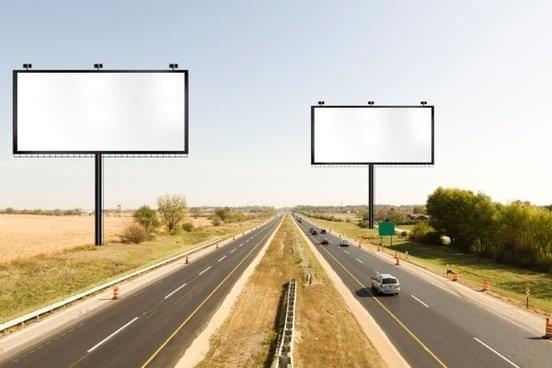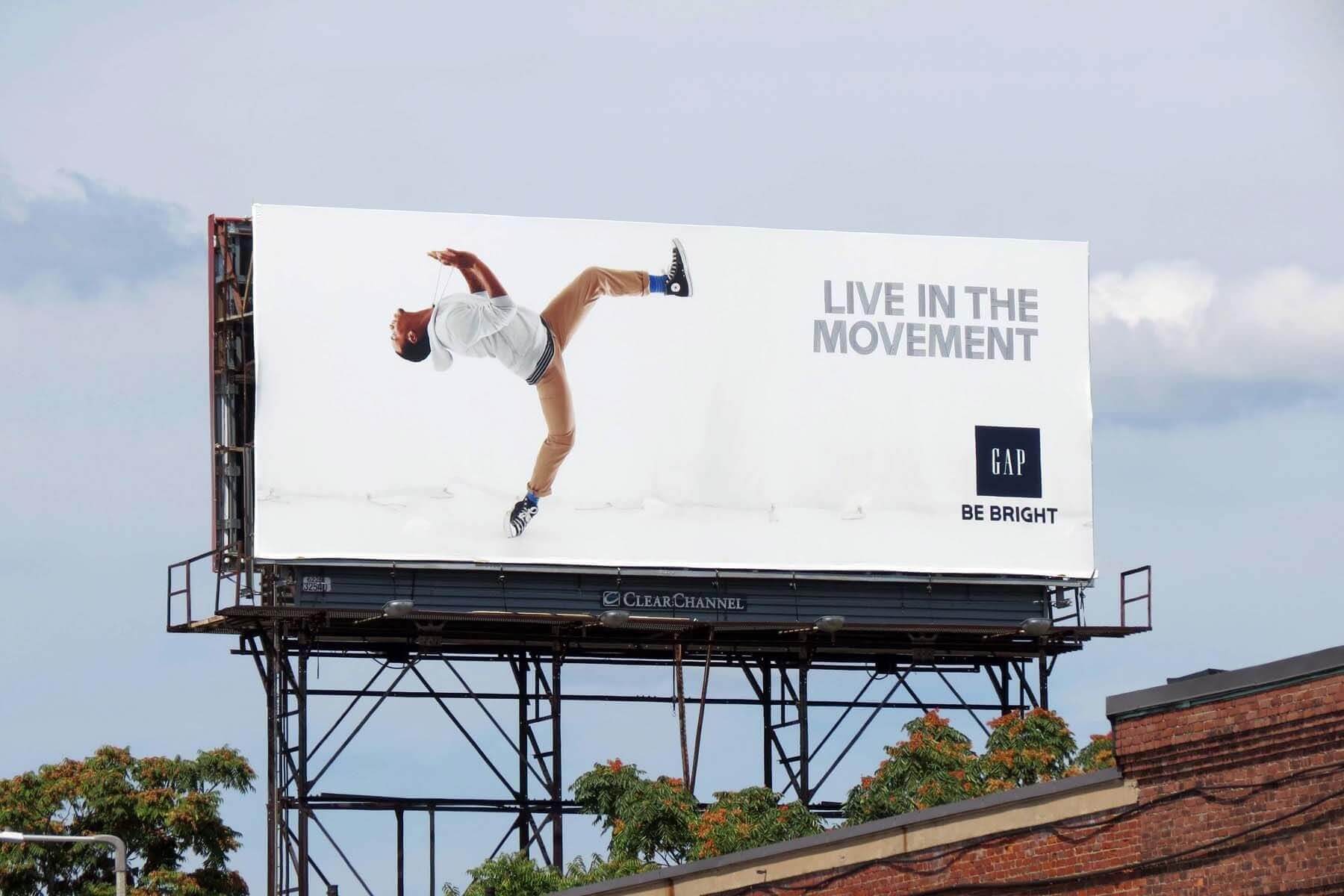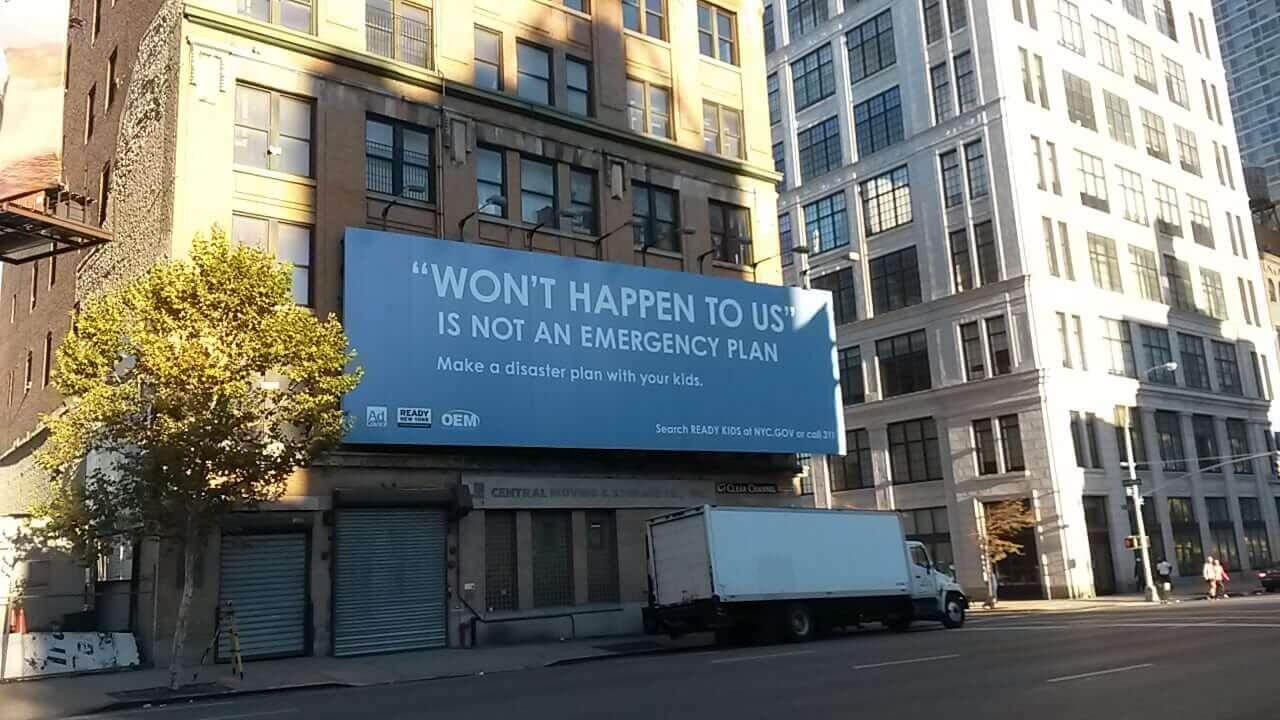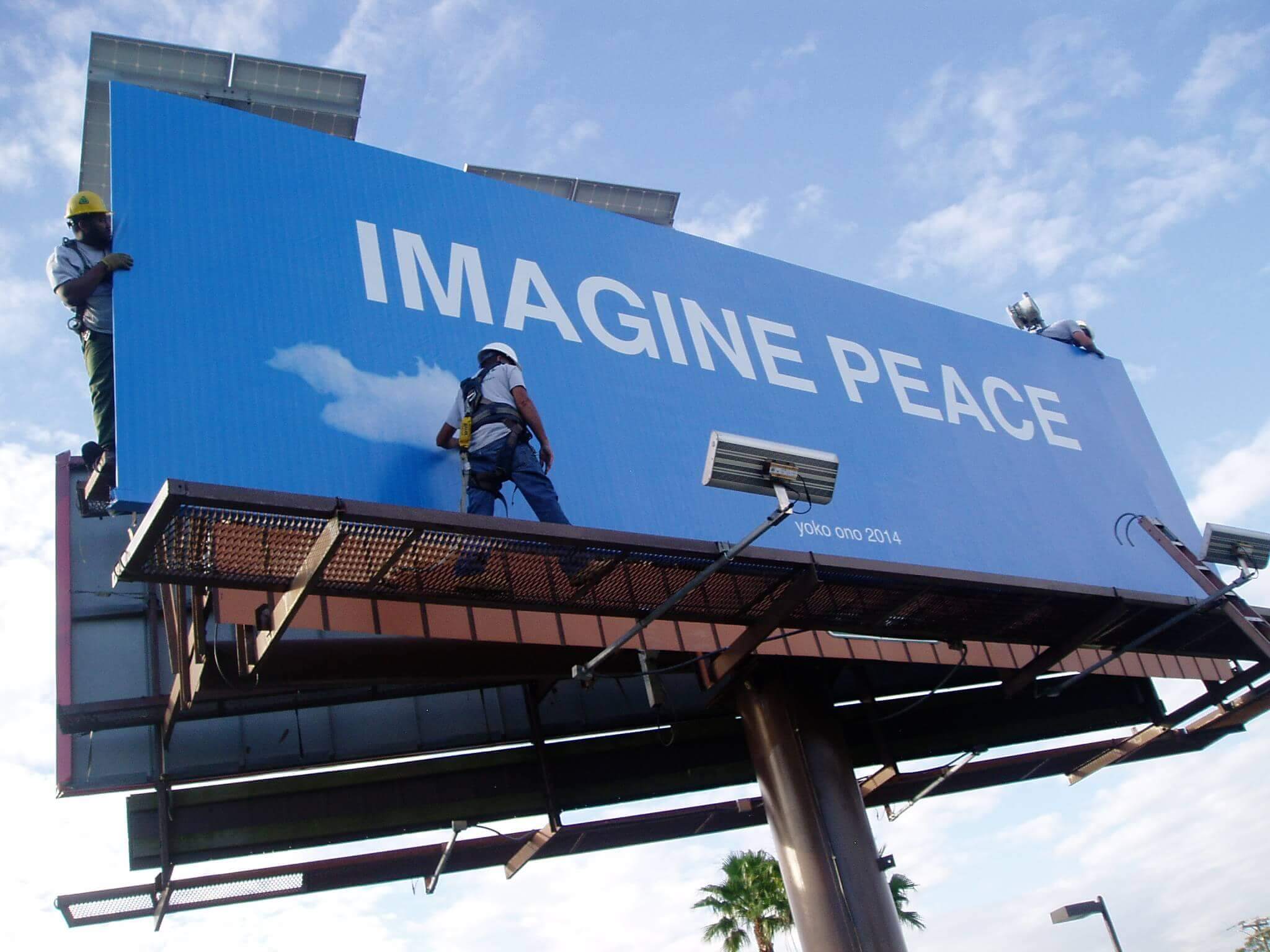
In today’s fast-paced digital world, where marketing strategies evolve constantly, one traditional form of advertising continues to stand tall and capture attention: billboard advertising. Billboards have been a prominent feature of the advertising landscape for decades, and their effectiveness in reaching and engaging audiences remains unparalleled. Let’s delve into why billboard advertising continues to work and why businesses should consider including it in their marketing mix.
What is Billboard Advertising?
Consider the vibrant and captivating billboards found in Times Square as a prime illustration. These billboards have evolved to encompass various forms, ranging from interactive and digital billboards to mobile billboards and the more conventional static billboards.
Billboard advertising falls under the umbrella of out-of-home (OOH) advertising, which encompasses a range of mediums such as bus posters, wallscapes, and posters. Typically, billboard advertisements are strategically placed in high-traffic zones with lower speed limits, allowing pedestrians and commuters ample time to absorb the messages they convey.
Billboard advertising is an influential part of outdoor advertising. It is focused on marketing to consumers when they are on-the-go in public places, in transit, waiting for an appointment, and in specific commercial locations. These advertisements typically show witty slogans and unique visuals that are highly visible in the top designated market areas. The most massive bulletin billboards are located primarily on major highways, expressways, and command high-density consumer exposure.
Billboard advertising isn’t always easy. If you’re not an out-of-home pro, it can be tough to know what steps occur from an idea’s conception to a billboard’s final installation.
Why Billboards are becoming so Popular?
There are many factors that affect the impact of advertisements. Let’s go through them.
1. Determine the Goal:
One should know about the purpose of the advertisement. The goal should be singular and action-oriented. For example, an ad highlighting an in-store sale should be posted promptly until the sale is over. However, if the ad is meant to gain brand awareness then the present period should be prolonged.
2. Check out the Competition:
It’s important to see what your competitors are doing in terms of advertising, especially with making use of billboard space if they’re taking advantage of that medium. Keeping your eyes on competitor efforts will push you to strategize with your brand in ways you might not have been aware of. Research your competition and understand what works for them, what doesn’t work, what geographic locations they’re taking up space in, what their target is, and what their purpose of advertising is. Finding answers to these competitive questions will drive your billboard advertisement design to stand out from the rest. You don’t want to end up like a sheep in the herd.
3. Designing the Billboard:
When we are on the move, we don’t have too much time to read the advertisement. Make sure your message is concise enough to be understood in six seconds, and the font should be bold and clear. Font choice and boldness is important because you don’t want people to misinterpret your ad. This means if you have a sophisticated or luxurious brand, product or service, you probably should stay away from billboards, as they tighten the feeling that an upscale brand may want to evoke.
Moreover, a smart billboard will grab the attention and leave a lasting impression. But it should be much simpler than executing a full campaign. Complicated hoarding or billboard clutter does not draw the audience on-to-go. People should not scratch their head while reading the advertisement. The message should be crisp and clear.
Get creative with your billboard ideas. A flat billboard is standard, but it doesn’t have to be the norm. You can choose digital billboards, which may have a greater effect than 2D signage. Be careful about the logo sign, as it should not be too big to distract the customer from the real message.
4. Get Noticed:
Finding the perfect location for your billboard advertisement is crucial. To maximize your return on investment, you’ll need to be reaching the right audience, at the right time, in the right way. Factors such as exposure, visibility, and target audience demographics are essential when determining if a particular venue is ideal for your OOH campaign.
The visibility of the billboard should be a top priority in your decision making. It should be front-facing and obvious to oncoming traffic. Ensure the placement is within the driver’s height of vision for maximum exposure. Make sure there are no interferences such as tree branches, bushes or tall buildings in the way of the billboard as this will seriously harm the performance of the ad.
Understanding your audience is a fundamental part of marketing. Not everyone is an ideal customer for your business, so it’s super important that you’re shouting the right message to the right people.
5. Installation and Takedown:
Before printing and installing the billboard, you need to make sure the pixels of the billboard image have not changed and are sharp. Here’s a quick test to practice before publishing the billboard and to ensure you are not wasting everyone’s time and money. Print out your advertisement to the size of a business card. Now, hold it out at arm’s length. Are you still getting a clear view of the image on your 27-inch monitor? If not, go in and refine it. And remember, you have roughly 10 seconds to get your message across.
In continuation, if you are running your ad on a traditional billboard the final step is to hire a vinyl professional to install (and eventually, uninstall) your ad at the desired location. However, if you’re running your ad on a digital screen, you won’t need to do this, and you can likely send your artwork to the contractor directly to have them display it instead. Either way, most billboard vendors will handle this step for you (at a small fee).
6. Analyze the Results:
Before determining the result of the advertisement, one should know that a billboard is a secondary advertising medium, which means that it’s ideal for brand-building and supporting a campaign but not a place for maintaining brand stability. If you want a more intimate conversation with your target audience, use print advertising, television, radio, flyers, websites and direct mail. Billboards are the wrong medium for anything other than a quick message. However, if your site or phone number is the headline, and makes sense, then you have an exception to the rule.
Billboards are a great way to reach the masses – to reach where they live, commute, work and socialize. Posting large billboards can be an affordable way to reach people where they spend a lot of time in cars, vans, buses and other means of transit. Unlike many other mediums, billboards are alive 24/7. In media terms, billboards have a high level of frequency and reach. Unlike other mass advertising media such as TV or radio, billboards can’t be switched off until they are taken down or changed over. Or with magazine print advertising, billboards can’t be put down by your hands. Or with internet advertising, it doesn’t disappear as quickly as it arrives.
Movia Media provides quality static mobile billboards that help businesses gain more awareness and response from consumers. Check us out for more information regarding moving billboards, truck side advertising, and more.





